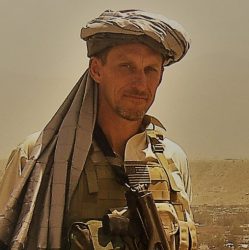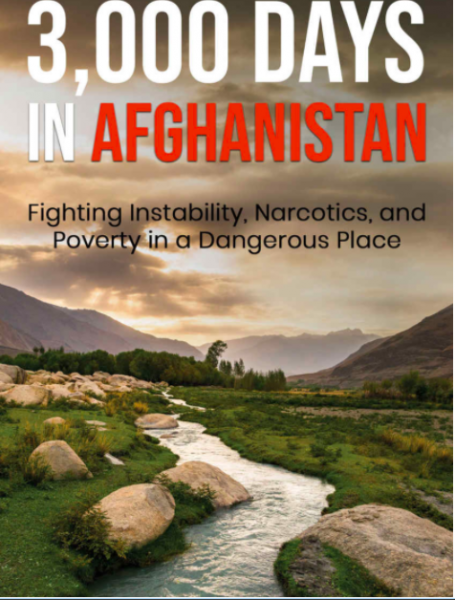For the first time in our history, medical treatment is a political issue. However, before I rant on that topic, I need to admit that my theory about SARS-CoV-2 has been proven wrong. My theory was based on the conviction that our government couldn’t react quickly and decisively to get ahead of a virus, regardless of who was in office. The virus became less lethal because Mother Nature forced its attachment points to return to their original configuration.
Ultimately, I could still be proven right, but I lost confidence in my theories because SARS-CoV-2 is no longer acting as I predicted it would. For three months, the pandemic conformed to my predictions almost to the letter, but it isn’t now, so I was wrong.
So what now? It’s time for the new set of facts, and here they are copied from a post I can’t find at the moment, so I can’t credit the author. It is now time to come to terms with the fact that;
1. I am probably going to get COVID-19 at some point,
2. I am almost certainly going to survive it, and
3. I might very well give it to someone else.
My new assumption is that this is a year-round virus that’s eventually going to infect 100 million people and kill roughly 1/4 of one percent of those infected. I’ve accepted those numbers. Unfortunately, millions of others have not. Many people have no sense of where this is headed, and I understand why. They’ve been betrayed by a hysterical media that insists on covering each new reported case as if it were the first case.
The McAllen/Edinburg area of South Texas has been experiencing an outbreak of SARS-CoV-2, which has filled the hospitals, filled the morgues, and has resulted in the deployment of U.S. Army medical teams to help us cope. I now know several COVID-19 patients, all of whom were OCD about mask wearing and hand washing. As we can see from Holland’s example, masks are not the answer; avoiding the three C’s — confined spaces, crowded places, and close contact —seems to be much more critical. We have known that since the pandemic began, only Japan has incorporated the 3 C’s into its social policy.

The increase in cases comes from mass mobile testing at various sites around the Rio Grande Valley. The sudden increase in deaths is not a mystery because we now know morbid obesity is a real problem with COVID-19. McAllen and Edinburg combined to win the dubious distinction of the fattest metro area in the country in 2019. When it comes to comorbidity, we are number 1!
Added to the mix is the fact that this area is tightly controlled by democrats and the hospital systems rely on federal funding because they are Hispanic Serving Institutions (HSIs), which means they get access to cash that the rest of the country kicks in because of reasons. Most doctors here follow the “Fauci Strategy,” which is “to keep early infected patients quarantined at home without treatment until they develop a shortness of breath and have to be admitted to a hospital. Then they would be given hydroxychloroquine. The Food and Drug Administration cluelessly agreed to this doctrine, and it stated in its hydroxychloroquine Emergency Use Authorization (EUA) that “hospitalized patients were likely to have a greater prospect of benefit (compared to ambulatory patients with mild illness).”

The other problem with the South Texas outbreak is that we are told nothing about it. We hear how many test positive, and we get a daily COVID-19-related death count. There is no context, no explanations about why we are experiencing deaths at a much higher rate than the rest of the country. There is also zero coverage of the false positive problem and zero coverage of the inflated death count problem. But this is Texas, so we get news about the state going after unemployment fraud, rampant in the age of COVID-19.
Richard Cortez, an elected Hidalgo County judge who was (reportedly) a great CPA before he went on the bench, has issued back-to-back shelter-in-place orders that not one person in this county is following. The gyms remain open, as do the few restaurants that have not yet closed. My friends at the veteran-owned and operated 5×5 Brewery are watching four years of hard work. Every penny they’ve ever earned slips away because the town of Mission, TX, decided they were not an essential business.
We the people are no longer listening to the “experts” who have impinged on our lives and destroyed our economy. But ignoring them is all we can do, for those of us who have lost our businesses and livelihoods, there is always the ballot, but down here, if you’re not voting democrat, your vote counts for nothing.
Adding fuel to the fire is our controlled media, which labels the Sturgis motorcycle rally a “super spreader” event while ignoring the tens of thousands of BLM protesters who assemble nightly to burn, loot, rage, and attack police officers. Completing our new circle of misery, we have the Biden campaign. Joe Biden is obviously experiencing a severe mental decline, and that process appears to be accelerating rapidly.
I remain concerned that the controlled media narrative is so far removed from observable reality that it cannot be sustained. Yet here we are, August of 2020, and we are still in semi-lockdown over a disease that 99.9% of the population has no problem beating, especially if they are fortunate enough to have a doctor who prescribes HCL, zinc, Z-packs, and steroid inhalers.
This is worse than a bad Twilight Zone episode, but how does it end? The elites have been unmasked as petty partisan scum with inaccurate models. When questioned, they respond with petulant arguments from authority (a well-known logical fallacy). They, along with the media, have forfeited our trust in them, and at some point, there will be a reckoning. Inshallah, that reckoning will take the form of the rule of law being applied to elites in the same way it is being applied to small businessmen and women who are trying to make a living despite arbitrary, politically motivated tyranny from elected democrats across the land.












